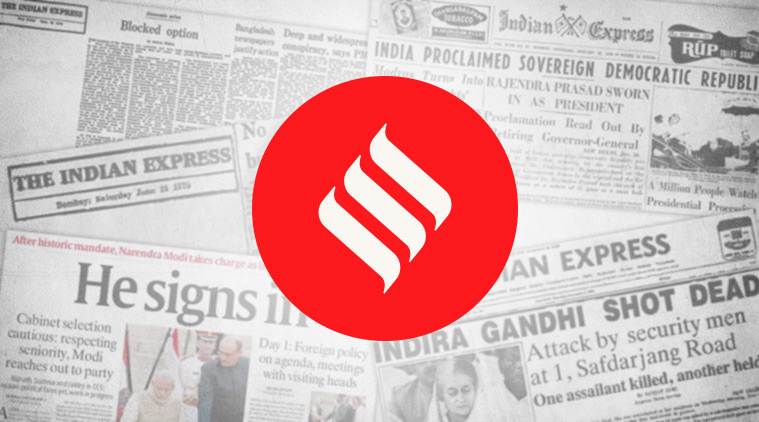
In Baisakh of 2018, the red ledger book, in which Kolkata’s traders had kept their accounts for at least three centuries, was deemed to have gone out of business. The consecration of new accounts books, a very visible feature of the Poila Boishakh celebrations, had given way to the opening of fresh Excel sheets. But now in Delhi, Finance Minister Nirmala Sitharaman has gone traditional by discarding the customary briefcase of budget papers for a red ledger book. The signalling is excellent, as the BJP’s always is, but the signal is mixed because Indian culture is varied.
Sitharaman’s north Indian ledger book is the bahi khata, while the eastern version is called a kheror khata and is not only a trader’s ledger — Satyajit Ray kept over 150 for developing the ideas, storyboards, costumes and music scores that went into his films. Now, people from other regions, most of which use a version of the traditional ledger, want to know what’s so special about the northern bahi khata, and why the name of the book in their own languages matters less.
Besides, if the finance ministry were to opt for change, many might have preferred modernity over tradition. The budget briefcase is indeed colonial baggage, along with lawyers’ gowns, judges’ wigs, governmental frippery like safas and official letters which end with “yours sincerely” or, worse, “yours obediently”. Sitharaman has said that she opted for the bahi khata because it is easier to carry, but a tablet is even more so, and could have served as a better signal for Digital India. Besides, it does not suffer from the principal semiotic deficit of the bahi khata, which the movies have seared into the national imagination — as the accessory of the village moneylender, licking his sleek chops as he prepares to suck the life out of generations of farmers.